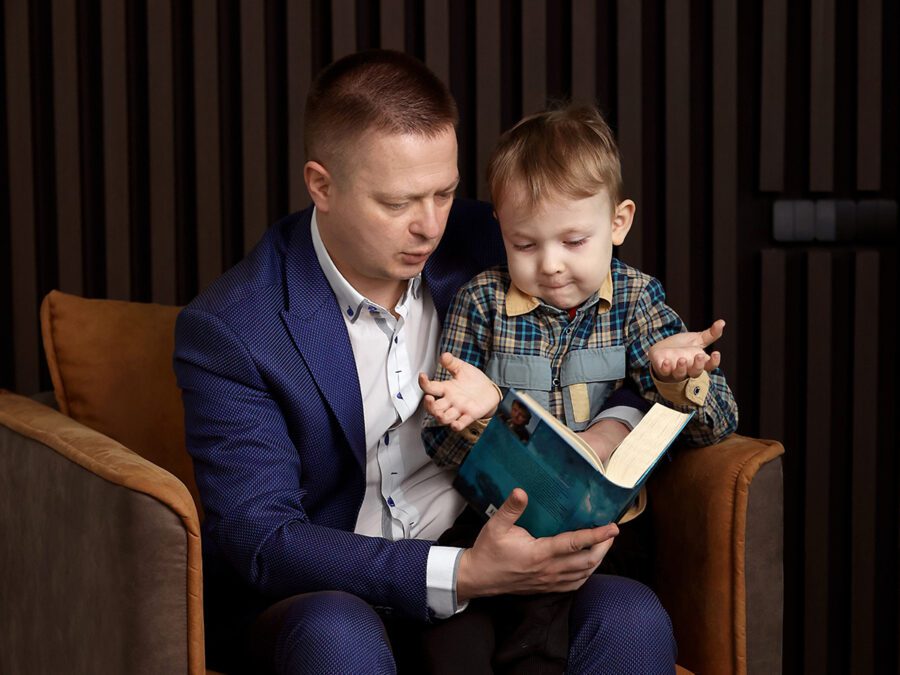Classical and Montessori are two approaches to education that have gained momentum over the past several decades. While they share similarities, especially when educating young children, classical and Montessori are ultimately two unique styles of education.
So, what makes these methods different?
What’s the Difference Between Classical and Montessori Education?
Let’s begin our discussion of classical education vs Montessori by first comparing their histories.
Origins
Named after Italian physician Maria Montessori, the Montessori method has been around since 1907 when Maria founded a school for young children that emphasized child-directed learning through hands-on activities like puzzles and games based on her expertise in childhood development.
Since then, the movement has taken the world by storm. Today, according to the American Montessori Society, there are over 5,000 Montessori schools in the United States alone, with many more all over the globe.
Classical education, however, goes back millennia. Originating with the ancient Greeks around the time of Aristotle and Plato, classical education saw increased popularity during the medieval era as students began revisiting classical texts. More recently, the classical education movement has gained traction among Christian private and home schools after advocates like Dorothy Sayers, Susan Wise Bauer, and David Hicks popularized it.
Read: “Taking Up the Mantle: From Dorothy Sayers to Leigh Bortins”
Structure
Anyone who is familiar with both the classical and Montessori methods will know that a crucial difference between the two is in their structure.
On the one hand, Montessori schooling intentionally lacks a high level of structure. While Montessori schools have trained teachers who guide small classes, there remains a great deal of freedom for students to pursue activities and projects that interest them.
Still, Montessori remains more structured than some educational methods such as unschooling. For instance, Montessori programs traditionally follow a three-year cycle, meaning students build upon the same skills and knowledge for three years before transitioning content.
Classical education, on the other hand, is generally more structured. Although the day-to-day learning activities can vary, the classical method is structured into the Trivium and Quadrivium, of which the former is emphasized more in pre-K through high school programs.
Students of the Trivium focus on learning and practicing three classical arts—grammar (memorizing foundational knowledge), dialectic (understanding through logical thinking), and rhetoric (persuading others toward truth). Typically, students focus first on grammar while in their younger years, then transition to practicing dialectic and rhetoric as they grow older.
Approach
The final major consideration in the classical education vs Montessori schooling debate is each method’s approach to learning.
Maria Montessori and advocates of her legacy believe that when children are given the opportunity to pursue their own interests, they grow into curious, confident, creative, and capable people. Therefore, Montessori teachers encourage students to learn at their own pace through a hands-on, playful approach, allowing them to work on activities and projects of personal interest.
In contrast, classicalists understand that by being educated via the Trivium and by studying quality content, students can mature into strong critical thinkers and problem solvers who are able to make connections between subjects. Naturally, classical students study and debate primary sources and classic literature to grasp subjects like history, science, and math and, ideally, to discover truth, goodness, and beauty within these subjects.
Read: “Different Homeschool Methods Explained”
Are Classical Education and Montessori Compatible?
Of course, the debate doesn’t have to be strictly classical education vs Montessori. As a case in point, while our Classical Conversations® homeschool programs are built on the classical model of education, they also take queues from Montessori schooling.
Our Foundations program, for instance, follows a three-year cycle structure. In addition, all our programs allow parents the much-needed flexibility to encourage their students to pursue their own interests. And, of course, if you know anything about Classical Conversations, you know local communities of similar small sizes to Montessori classes are at the heart of our programs. Finally, we believe that, especially in students’ early years, strong learning habits can be built through intentional play (just see our upcoming resource Scribblers at Home: Recipes from Lifelong Learners!).
In sum, classical education vs Montessori schooling doesn’t have to be either/or but can be both/and. If you’re a homeschool parent, you’re free to customize your child’s education to best suit your family’s needs. So, if you like some aspects of a classical education and some of a Montessori, combine away!
Not yet a Classical Conversations member and interested in our community-based approach to homeschooling? We’d love to hear from you! To learn more about us, click here.




